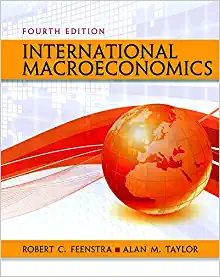Answered step by step
Verified Expert Solution
Question
1 Approved Answer
4. Bonus (1 pt): Consider the model of single-harvest silviculture (forestry) from class. Suppose that the harvest price is $50 per unit biomass (e.g., tonnes),


Step by Step Solution
There are 3 Steps involved in it
Step: 1

Get Instant Access to Expert-Tailored Solutions
See step-by-step solutions with expert insights and AI powered tools for academic success
Step: 2

Step: 3

Ace Your Homework with AI
Get the answers you need in no time with our AI-driven, step-by-step assistance
Get Started


